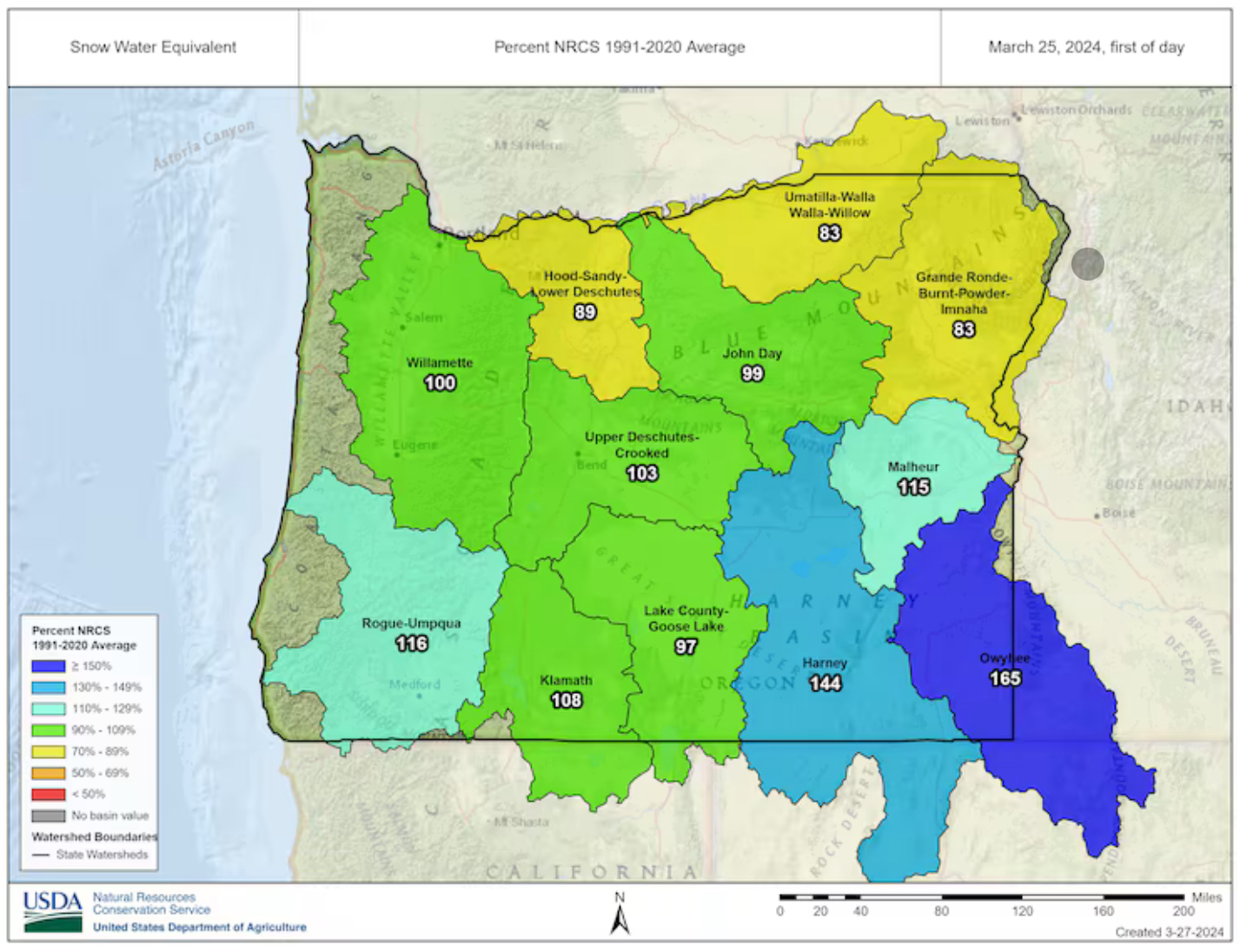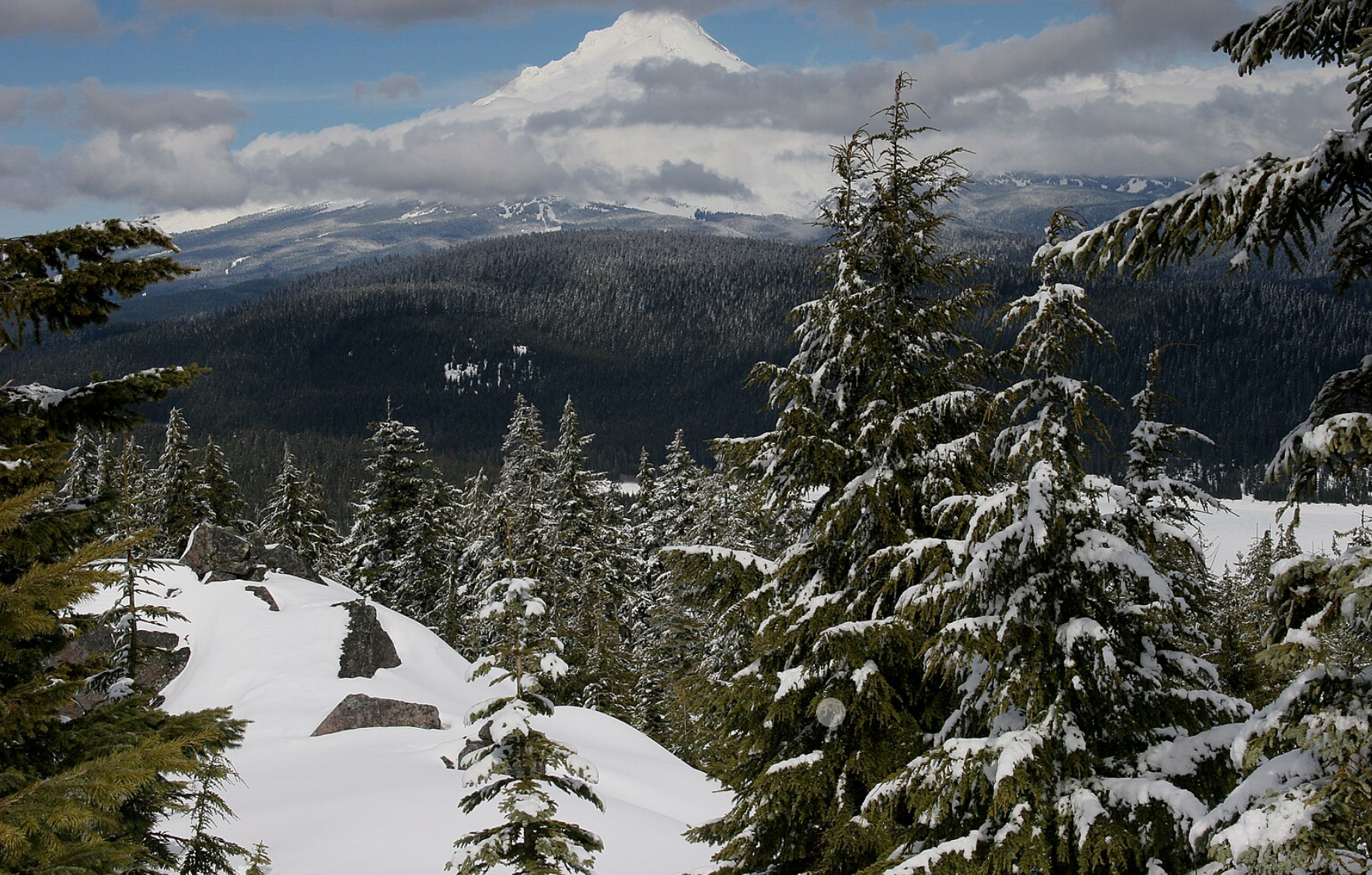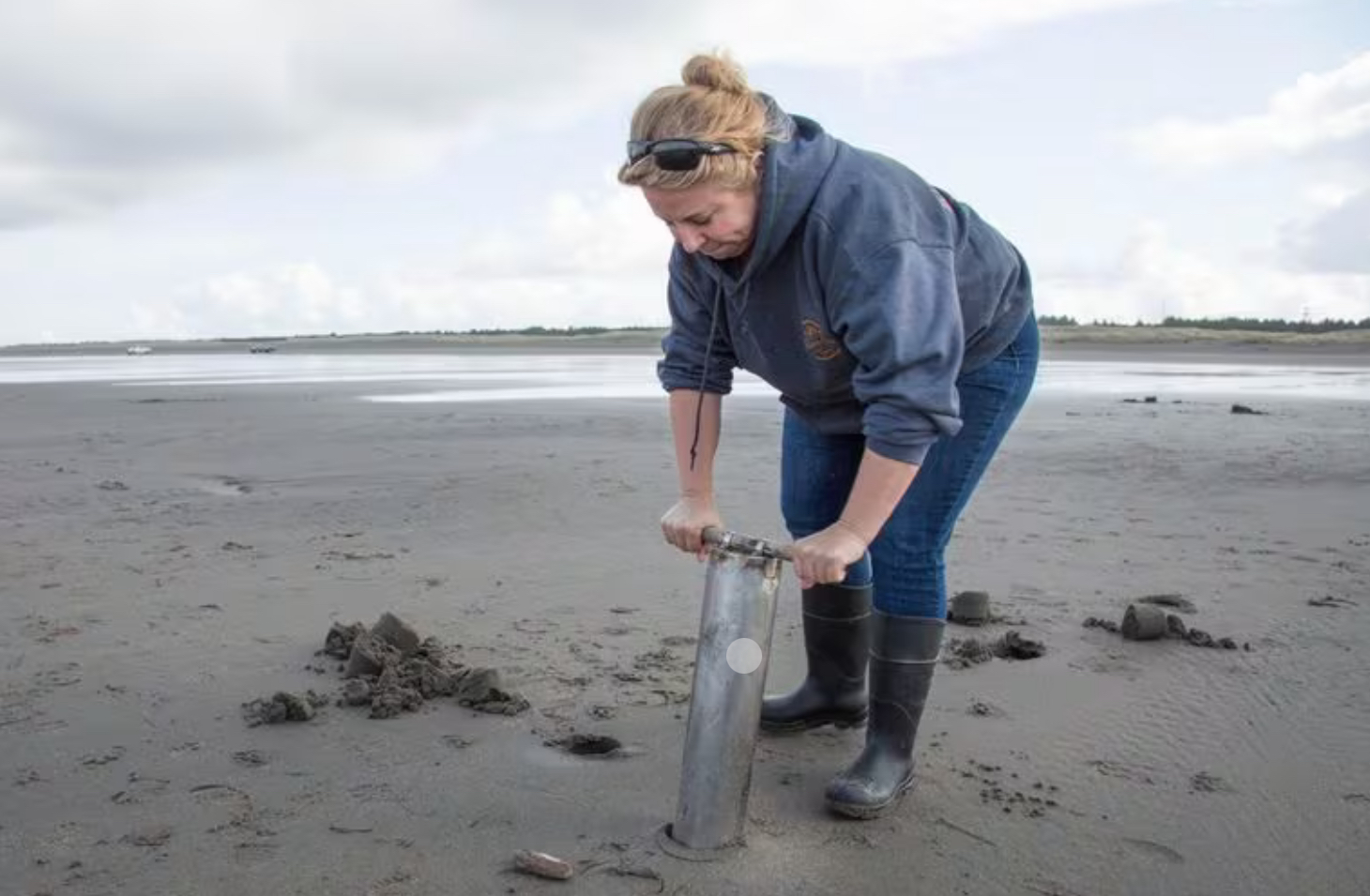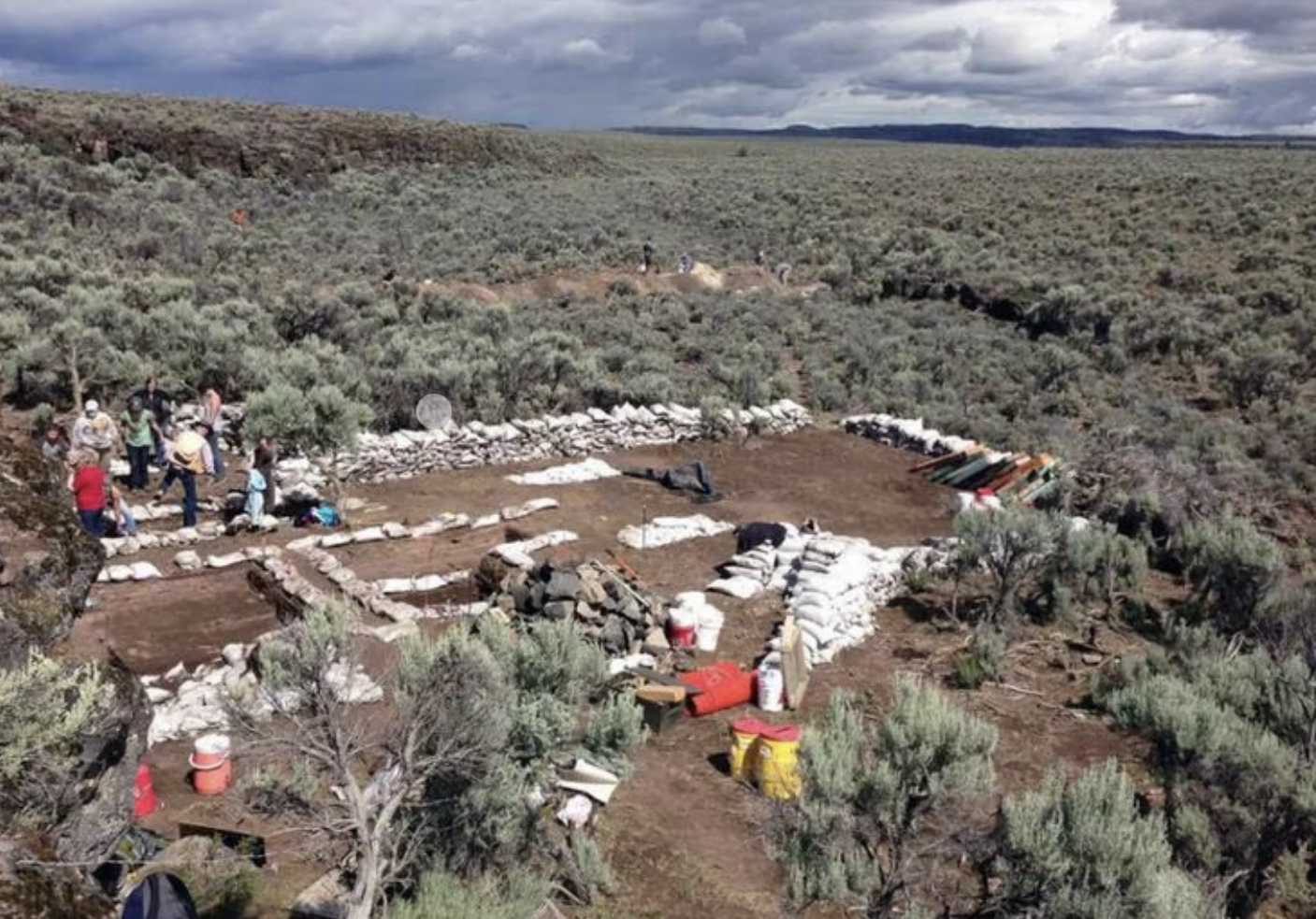A group of volunteer advisors to the Oregon Health Authority has voted Tuesday to make the state the third in the nation to seek federal approval for a basic health program.
-
Over 1 million acres have burned in Oregon
All across Oregon, wildfires have burned over 1 million acres. Learn more here.
SEE THE OREGON PUBLIC BROADCASTING ARTICLE HERE
Photo via Wikimedia Commons
-
Snowpack levels are normal in majority of Oregon
Oregon’s snowpack levels are at or right around normal, even with above-average March snowmelt. Learn all the details here.
READ THE ARTICLE BY OREGON PUBLIC BROADCASTING HERE
Photo: USDA / National Water and Climate Center
Use the NWCC’s amazing tool for checking stats on the state’s water and more HERE
“Oregon snow water equivalent levels, which compares how this year’s snowpack stacks up against the last 30 years. USDA / National Water and Climate Center”
-
Tuition will be free at a New York medical school
A $1 billion donation will make tuition free at the Albert Einstein School of Medicine. Learn more about it here.
-
Cascades are expecting a winter storm this weekend
Snowpack in the Cascades is less than 40% of what it should be, but significant snow is expected this weekend. Learn more here.
READ THE ENTIRE ORIGINAL OPB ARTICLE HERE
This image is a work of the Forest Service of the United States Department of Agriculture. As a work of the U.S. federal government, the image is in the public domain. -
17 year old wants to be first woman at Professional Bull Riders tour
An Oregon teen wants to be the first woman to compete in the Professional Bull Riders tour. Learn more here.
See the ENTIRE ARTICLE at OPB here.
-
For the second year in a row, Oregon’s population has declined
Oregon’s population declined from 2022 to 2023. Learn more here.
According to the U.S. Census Bureau, Oregon lost 0.1% of its population between July 2022 and July 2023. Read the OPB (Oregon Public Broadcasting) article here.
-
The razor clamming season is open on Oregon’s central coast
The season is now open for harvesting razor clams on Oregon’s central coast. Learn more via OPB here.
READ THE ORIGINAL OREGON PUBLIC BROADCASTING ARTICLE HERE
In this OPB file photo from 2017, Seaview resident Andi Day digs for razor clams in Long Beach, using a clam gun passed down from her grandmother.
-
Teachers in Portland go on strike
For the first time in the district’s history, teachers in Portland are going on strike for better pay, safer classroom environments, and more. Learn more about the strike from OPB here.
SEE THE OREGON PUBLIC BROADCASTING ARTICLE HERE
“Classroom” by allisonmeier is licensed under CC BY-SA 2.0.
-
Oregon becomes 3rd in nation to seek federal approval for a basic health program
Oregon is seeking fed approval for a basic health program. Learn more here.
Article by Oregon Public Broadcasting (By Amelia Templeton (OPB)) – SEE THE ORIGINAL ARTICLE HERE
OHA advisors say yes to free health care for adults at 138-200% of the poverty level
Article by Oregon Public Broadcasting (By Amelia Templeton (OPB)) – SEE THE ORIGINAL ARTICLE HERE
Photo Credits: The emergency wing of the Legacy Good Samaritan Medical Center in Northwest Portland on July 28, 2023. Caden Perry / OPB
-
Archaeologists find new evidence in Southern Oregon that suggests human habitation 18,000 years ago
New evidence suggests humans were in Oregon more than 18,000 years ago.
Photo Courtesy of Becky Raines / University of Oregon
By Ella Hutcherson (Jefferson Public Radio)
Archaeologists have new evidence suggesting that humans occupied Oregon more than 18,000 years ago. This makes it one of the oldest known sites of human occupation in North America.
A 2023 radiocarbon dating analysis was made based on findings at the Rimrock Draw Rockshelter near Burns, Oregon. The University of Oregon Archaeological Field School has been excavating at the site, which features a shallow overhang in an otherwise open environment. The field school has been working in partnership with the Bureau of Land Management since 2011.
UO staff archaeologist Patrick O’Grady said in 2012 the team found telling objects — camel tooth enamel fragments and a human-made tool — deep in the rock shelter, buried underneath the ash of a Mt. St. Helens eruption from over 15,000 years ago.
READ THE ENTIRE ARTICLE ON OPB HERE


















